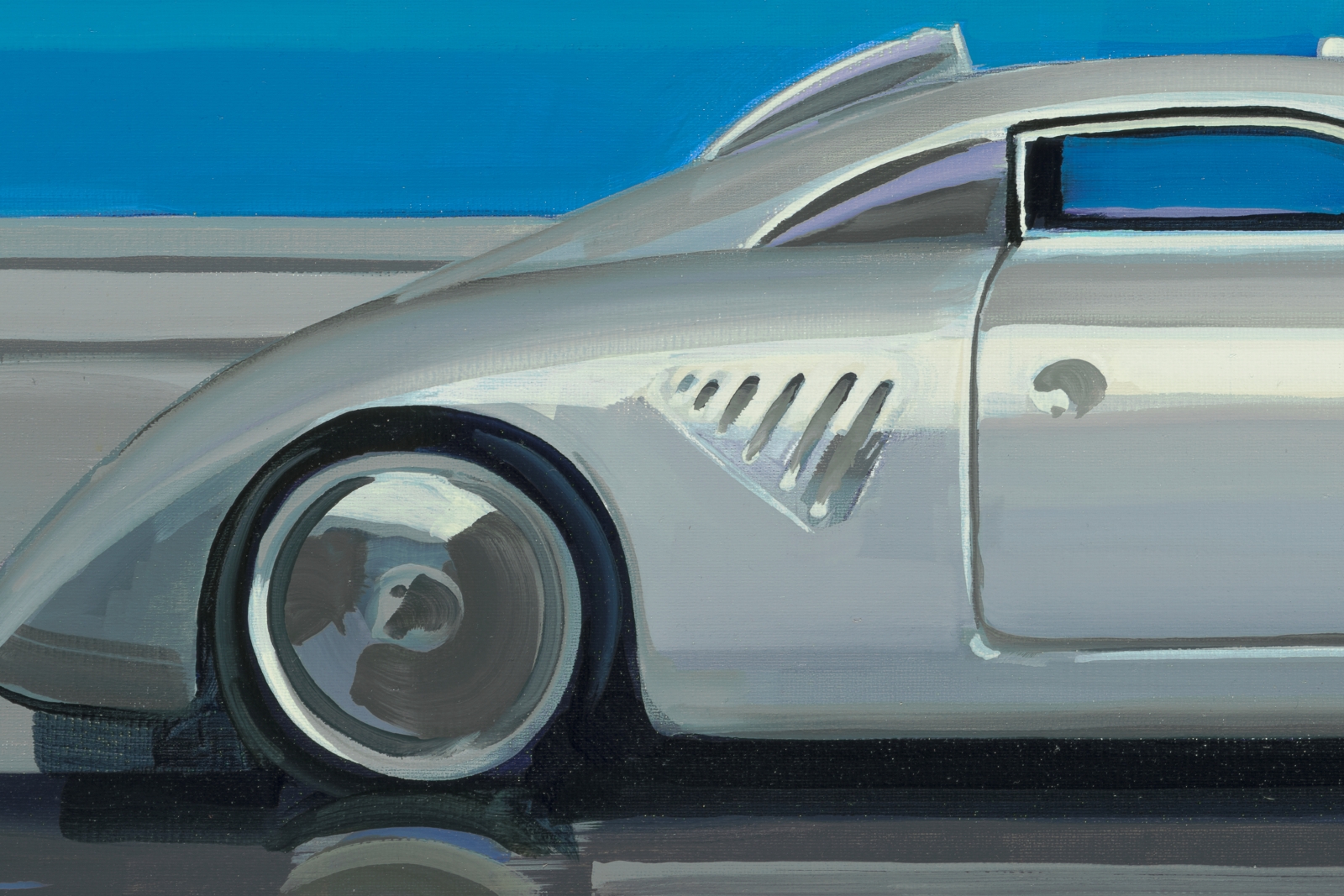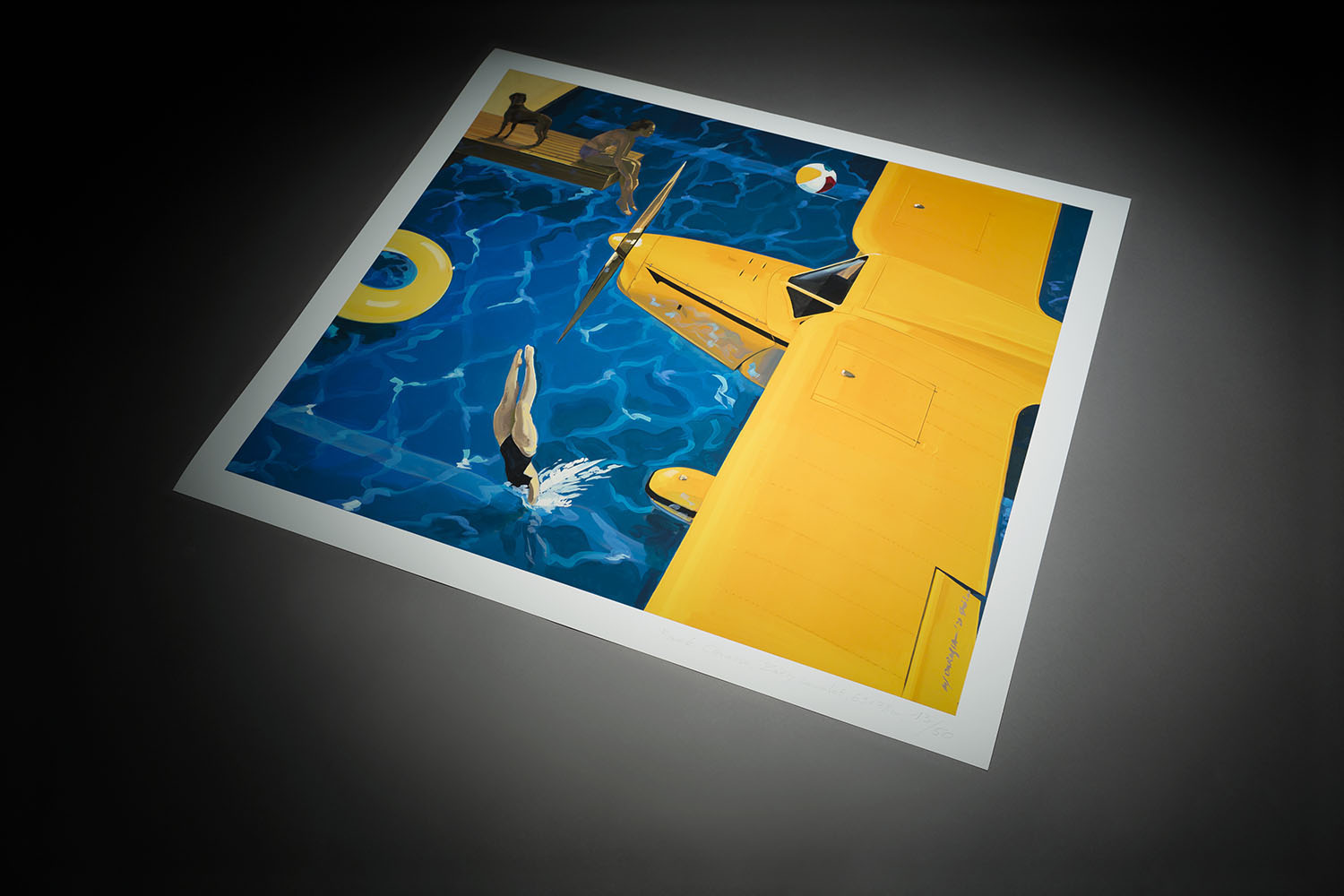
In art, the material is of fundamental importance because it constitutes the artist’s language. It is a medium and, to a large extent, it determines what the work will be. The van Eyck brothers are though to have discovered the recipe for oil paint, and the beginnings of oil painting date back to the first half of the 15th century. The development of this technique is associated with the birth of Impressionism. Over the centuries, artists have appreciated oil paints for their texture and luminosity, as they are suitable for both opaque impasto and light glazing.
Tempera came first
In the Middle Ages and earlier, painters commonly used tempera paints, which were made by mixing a pigment with egg yolk (or another emulsifier) and water. The last of the greats to paint only in tempera was Botticelli, and his ‘Birth of Venus’ from 1483 is the most frequently cited early example of an outstanding work completed using this technique. Currently, tempera paints are still used and they are made with different binders – sometimes plant gums, casein, resin and others. Egg tempera is still used – for example, for icons. However, it is oil painting that is more common today.
The birth of oil painting
Oil paints were obtained by mixing pigment with linseed oil, which was one of the components of tempera, and resin. Thanks to the new material, Dutch primitivists were able to render details more easily. One of the first famous works painted in the oil technique is the ‘Portrait of the Arnolfinis’ by Jan van Eyck. This artist did not use opaque paints but applied successive glazes to the surface of the painting. Semi-opaque and opaque oil paints were masterfully applied by Rembrandt. The main scenes and figures in many of his paintings were painted with a thick layer modelled with a brush, while the background and side elements were glazed, which helped achieve a chiaroscuro effect lend depth to the painting.
The recipe of oil paints has not changed for more than three centuries. Their availability in lead-tin tubes at the beginning of the 20th century was an important novelty, which facilitated painting outdoors and probably contributed to the popularity of Impressionism. To reduce production costs, some natural pigments are replaced with artificial ones. At the end of the 20th century, water-based oil paints were developed.
Glazing and alla prima – the basic techniques of oil painting
Currently, two techniques are used in oil painting: classic – glazing and alla prima, consisting in laying one, sometimes quite thick, layer of paint. The classic, i.e. layered, technique is a continuation of the tempera method and involves applying several layers of paint to the canvas. First, a primer, or ground, is applied, followed by an underpainting (a thin coat of tempera or oil), after which imprimitura – made with varnish or shellac – and layers of appropriate colours (from a few to a dozen or so) are added. This method achieves an intricate depth of colour. The alla prima technique basically involves placing a single, sometimes very thick layer of paint onto a primed canvas. Alla prima painting takes much longer to dry, but it has a rich texture, often bearing visible brush or palette knife strokes. This method has been used since the 18th century – initially only by masters. This technique became popular in the 19th century, and one variation of it is pointillism, innovated by George Seurat and continued by the post-impressionists, including Vincent van Gogh.
Header illustration: detail from painting Marek Okrassa, Night Swimming, 2022, oil on canvas 90×100 cm


